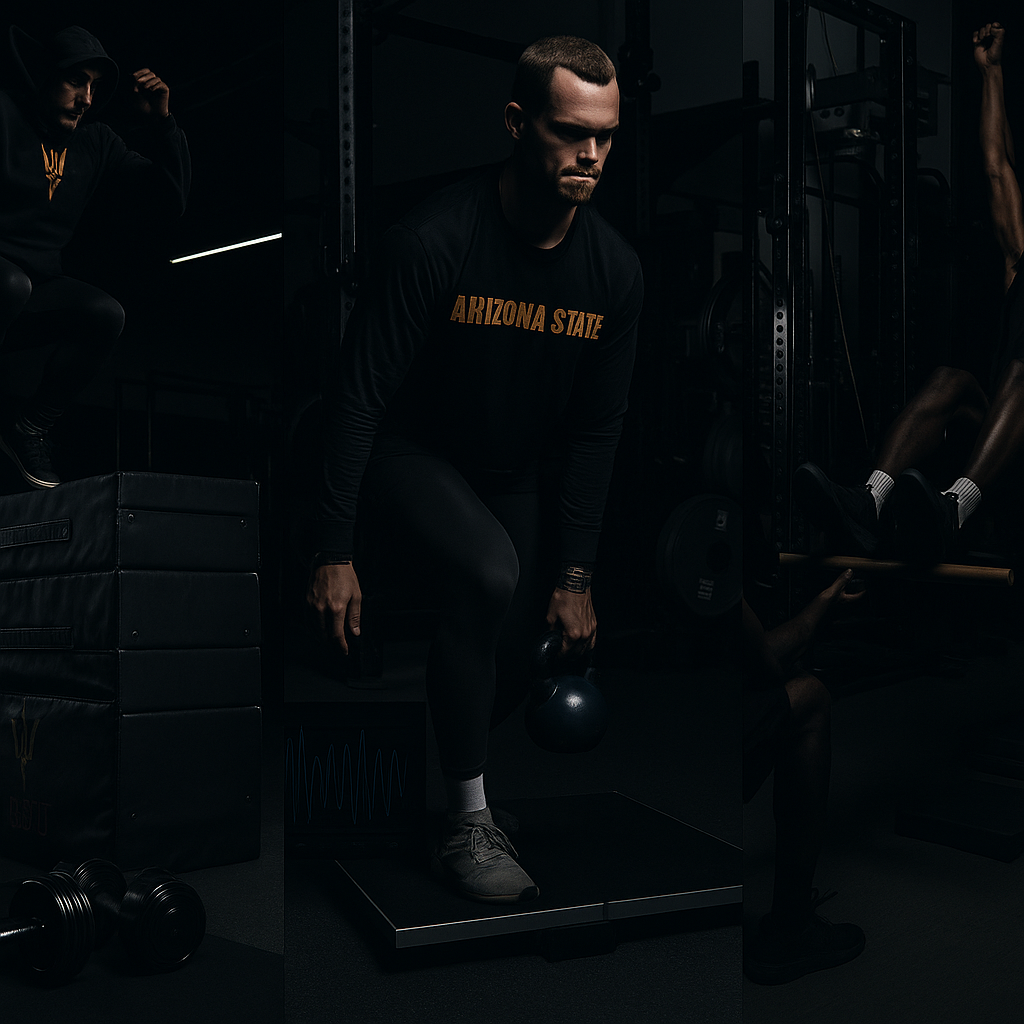Introduction
In the realm of athletic training, discussions regarding proprioception training often spark controversy, especially when it involves instability exercises. It’s not uncommon for such conversations to evoke images of outdated physical therapy routines on balance pads or, in extreme cases, individuals undertaking BOSU ball back squats in the name of ‘functional training.’ Despite these misrepresentations, there exists a harmonious approach that balances effectiveness and safety. When implemented correctly, proprioception training offers significant potential to enhance sports performance and elevate athletes to new heights.
Understanding Proprioception
At its core, proprioception refers to the body’s innate ability to sense movement, action, and location. It is the underlying mechanism that allows athletes to perform complex maneuvers with precision and grace. Proprioception training aims to refine this internal feedback system, resulting in improved coordination and balance.
Key Benefits of Proprioception Training
When effectively applied, proprioception training can offer a host of advantages, including:
- Enhanced Balance and Stability: Helps athletes maintain equilibrium during dynamic movements.
- Injury Prevention: Strengthens ligaments and prevents overuse injuries.
- Improved Motor Skills: Fine-tunes coordination and agility.
- Increased Reaction Time: Benefits rapid response to environmental changes.
Implementing Proprioception Training
Proper technique and context are essential for maximizing the benefits of proprioception training. Coaches and trainers should integrate exercises that challenge balance and coordination without compromising safety. This includes tools such as:
- Balance Boards: Cultivate static and dynamic balance.
- BOSU Balls: Encourage core strength and stability.
- Resistance Bands: Add variable resistance to reflex training.
Conclusion
In summary, when proprioception training is stripped of its myths and approached with a well-informed strategy, it reveals a pathway to enhanced athletic performance and injury resilience. It’s about leveraging the body’s natural abilities and fine-tuning them to meet the demands of modern sports. By adopting a balanced methodology, coaches can unlock the potential of their athletes, ensuring both improved performance and long-term success. It’s crucial to recognize that proprioception training is not just about balancing on unstable surfaces but is about understanding how to achieve true balance in both physical training and performance outcomes.

